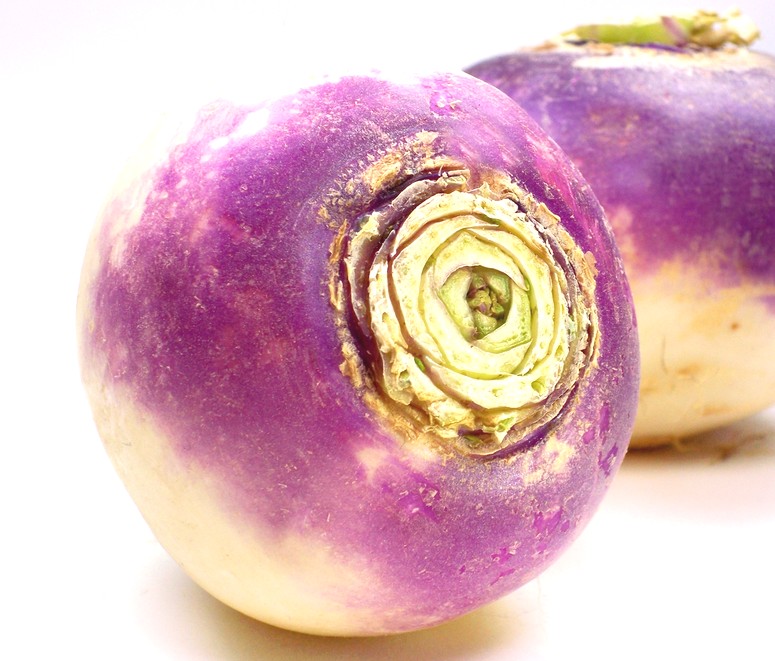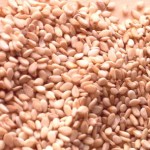Rutabaga is often referred to as the Swedish turnip. They have the appearance of big yellow turnips. The word ‘rutabaga’ is derived from the Swedish word ‘rotabagge’, wherein rota means root. Even though rutabaga belongs to the family of Brassica genus which has vegetables like sprouts, cauliflower, cabbage, etc. it is a unique species by itself. Some rutabagas are yellow colored, while others are with white flesh. The vegetable is rich in a number of nutrients and has many health benefits
One should opt for smooth and firm rutabagas that have limited quantities of fibrous root at the bottom of the vegetable. Soft and withered rutabaga should be avoided as they can become hard on cooking. The vegetable normally has a covering of wax, and hence it should be cut into half and the covering needs to be peeled off before cooking it. One can stew, mash, steam or boil the vegetable. Small sized rutabagas tend to be sweeter than larger ones.

History of Rutabaga
Gaspard Bauhin, a Swedish botanist, was the first one to report the discovery of rutabaga, which was found to be wildly growing across Sweden. It is believed that the vegetable may have had its origins either in Russia or Scandinavia.
The royal gardens of England were known to have cultivated rutabaga as early as the late 1600s while the vegetable was found in certain regions of France in the early 1700s. However, rutabaga was widely harvested across Britain only as late as the eighteenth century. A few reports state that the vegetable was introduced in Scotland, only by the late 1700s.
The cultivation of rutabaga in the United States began only by the early 1800s, with the first known case of rutabaga harvest in Illinois in 1817.
Health Benefits of Rutabaga
- Rutabaga is rich in vitamin C, which is known to have many health benefits. Vitamin C has potent antioxidant properties which facilitates the cleansing of free radicals from the body and thus boosts the immune system. Additionally, Vitamin C is known to aid the production of the thyroid hormone thyroxine and collagen as well as assists the intake of iron into the body.
- Rutabaga is also abundant in vitamin B9 or folate, which is known to enhance the breakdown of proteins in the body, promote the production of red blood cells and aid the growth of the cells. Folate is also essential to the growth of the nervous system. Hence, intake of rutabaga can prove very beneficial for expectant mothers as it can aid the development of the unborn child.
- Calcium is abundantly found in rutabaga and hence its consumption can aid the health of the bones as well as the teeth. Calcium is also known to partially support muscle functioning.
- The potassium present in rutabaga can aid the proper functioning of the heart, the nerve impulses and muscle contraction and thus avoid fatigue, weakness and other related ailments.
- The vegetable is also rich in a number of other minerals such as magnesium, phosphorus and other trace minerals which are beneficial to the overall health of the body.
Side effects
- Rutabaga has vitamin K which aids the clotting of blood. Excessive intake of vitamin K can interfere with the functioning of blood thinning medications.
Nutritional information-Rutabaga
A serving of cooked rutabaga of 140 grams contains:
- Protein: 1.68 g
- Calories: 50
- Carbohydrates: 11.38 g
- Sugars: 7.84 g
- Fiber: 3.5 g
- Total Fat: 0.28 g
- Calcium: 66 mg
- Magnesium: 32 mg
- Potassium: 472 mg
- Phosphorus: 81 mg

